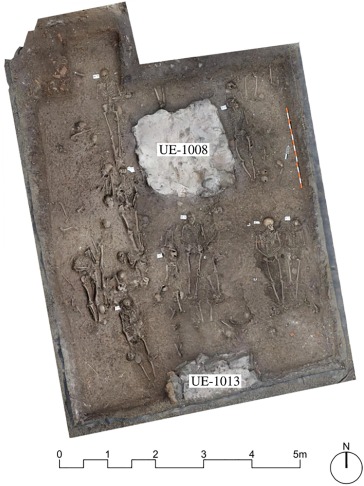Resumen
The study of food consumption during the colonial period in Panama Viejo traditionally has been based on chronicles and archival documentation. The present analysis reassesses the historical information about diet in this colonial enclave based on microbotanical, isotopic and bioanthropological evidence obtained from the excavations within and outside the remains of the old city’s Cathedral in two locations and four chronological periods to complement and contrast written sources. The ensuing data sets, once integrated, point to the consumption of native plants, particularly maize, among people of different ancestral origins from the settlement’s earliest years, as well as the consumption of wheat – which could not be grown in the region – plantains and rice, whose cultivation was introduced successfully. Stable isotope evidence indicates a shift from dietary strategies based on maize, seafood and terrestrial animal meat in pre-Hispanic and early colonial times to diets featuring more C3 plants, including rice, wheat, and plantains, as well beef and dairy products during the later colonial period. This gradual shift in dietary strategies appears among individuals of Indigenous American, African, European and mixed origins and ancestries, probably influenced by the nutritional and epidemiological stress registered in all of these populations.

